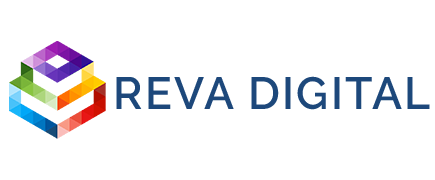Several metrics exist for measuring just how effective a training is; the Kirkpatrick Model being widely used. However, the Kirkpatrick model is not just a tool for measuring effectiveness of instructional design. It is also incredibly useful when used as a framework to provide feedback to learners throughout the instructional process.
Take a look at how each phase of the Kirkpatrick model serves as a foundation for providing feedback to learners:
Reaction Phase
First impressions are lasting impressions. Engage your learners with creative content delivery, effectively-paced modules, challenges, and incentives. The application of engagement techniques, will leave users with a pleasant instructional experience. How do you turn reactions into something tangible, you ask? Survey, survey, survey! Explicitly ask your audience “How did you feel?”. Not only are surveys entirely useful for data collection, they also add a great reflective component to your training that your users will appreciate. As you create feedback surveys, keep in mind the following:
-Did the learner feel more competent following the training?
-Does the learner feel the course has helped them meet desired job requirements?
Learning Phase
Encourage continuous learning. Whether users provide correct or incorrect responses, feedback should remain ongoing. Praise learners for getting something right. Redirect learners when they miss the mark. Don’t make your instruction simply about correcting learners, rather than motivating them. You will find the impact of learning to be much more beneficial.
Behavior Phase
It is difficult to provide immediate behavioral feedback to learners. Therefore, this phase will most likely require post-instructional follow up. Performance support tools and microlearning are great for this phase as they can provide adaptive learning content and analytics to evaluate both how the learning is performing as well as the learning content.
Surveying and conversations with managers are also great ways to measure behavioral changes in learners. With these things in place, providing meaningful feedback becomes much easier.
Results Phase
Essentially, performance results would be gathered by a manager. They are at the forefront of interaction with learners post-instruction. While this feedback and results would come from a manager, e-learning content can provide great tools and metrics for managers to measure performance results.
Feedback is critical to the success of your learners. It’s important to maintain an open feedback loop, for effective learning to take place. What are other models and tools that you find useful in providing learner feedback? Share in the comments below!

